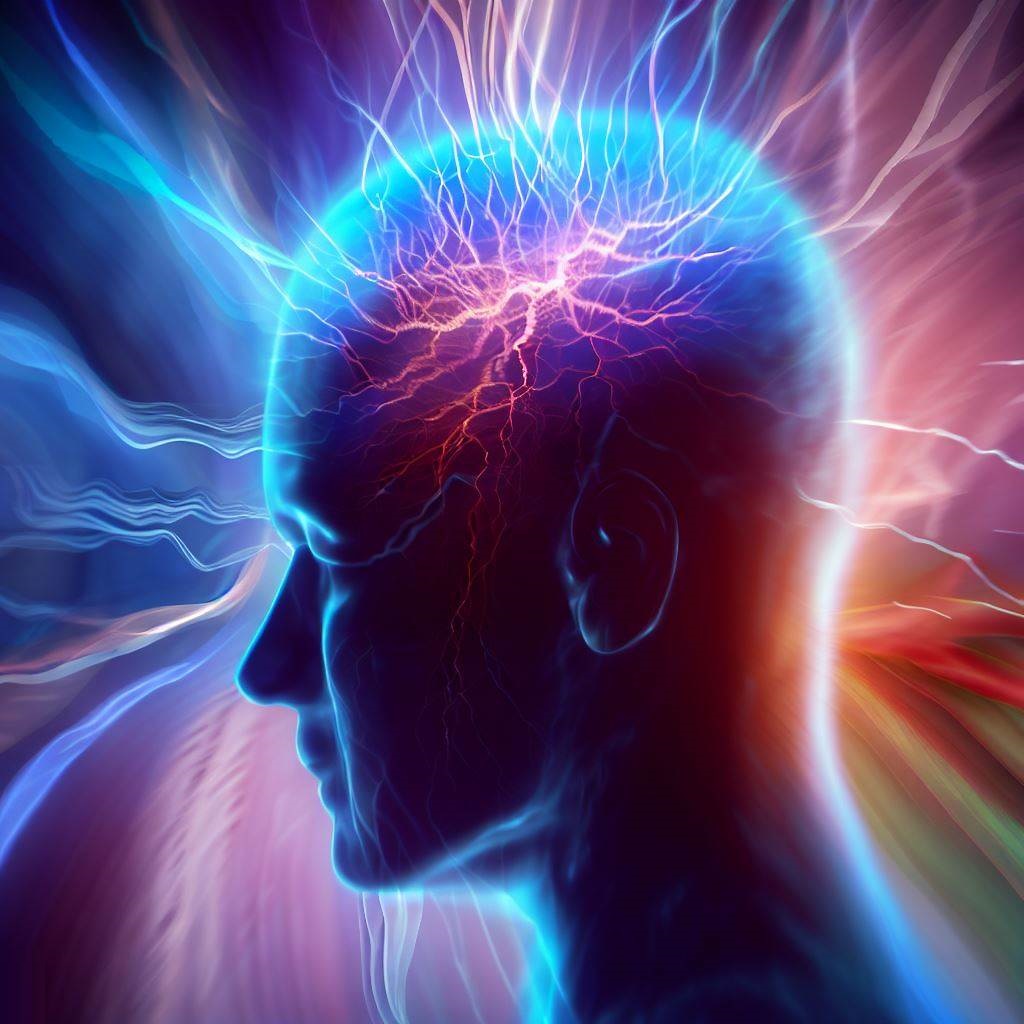Have you ever wondered what goes on in the brain during an epileptic seizure? Or how epilepsy affects the lives of those living with the condition? In this blog post, we’ll dive into the fascinating world of epilepsy, a neurological disorder that affects millions of people worldwide. We’ll explore its causes, symptoms, and available treatments. So, let’s embark on this journey of discovery and gain a deeper understanding of epilepsy together.
Table of Contents
- Introduction: Unraveling the Mystery of Epilepsy
- What is Epilepsy?
- The Causes and Triggers of Seizures
- Recognizing the Symptoms: Unmasking the Hidden Struggles
- Diagnosing Epilepsy: Shedding Light on the Condition
- Treatments and Management Strategies: Empowering Epilepsy Warriors
- Conclusion: Embracing Empathy and Encouraging Support
- For Further Reading
Introduction: Unraveling the Mystery of Epilepsy
Epilepsy is a complex neurological disorder that has intrigued scientists and medical professionals for centuries. It is characterized by recurrent seizures, which can vary in intensity, duration, and manifestation. Seizures occur due to abnormal electrical activity in the brain, disrupting its normal functioning. Understanding epilepsy is vital, as it affects not only the individuals living with the condition but also their families, friends, and communities.
What is Epilepsy – Neurological Disorder?
Epilepsy is a condition that affects the central nervous system, specifically the brain – a neurological disorder. It is a chronic disorder characterized by recurring seizures. Seizures can manifest in various ways, ranging from momentary lapses in awareness to full-body convulsions. These seizures are caused by sudden bursts of excessive electrical activity in the brain, disrupting its normal communication processes.
The Causes and Triggers of Seizures

While the exact causes of epilepsy remain a topic of ongoing research, several factors contribute to the development of the disorder. These factors include genetic predisposition, brain injuries, infections, tumors, and developmental disorders. Additionally, certain triggers such as stress, lack of sleep, flashing lights, and specific medications can provoke seizures in individuals with epilepsy.
Recognizing the Symptoms: Unmasking the Hidden Struggles
Identifying epilepsy can be challenging, as the symptoms vary widely among individuals. Common signs of epilepsy include recurrent seizures, unusual sensations, temporary confusion, loss of consciousness, and repetitive movements. It is crucial to raise awareness about these symptoms to ensure early detection and appropriate medical intervention for individuals living with epilepsy.
Diagnosing Epilepsy: Shedding Light on the Condition
Diagnosing epilepsy involves a comprehensive evaluation that combines medical history, physical examinations, and diagnostic tests. Electroencephalography (EEG) is a commonly used technique to record the brain’s electrical activity and detect abnormal patterns associated with epilepsy. The diagnostic process aims to rule out other potential causes of seizures and provide an accurate diagnosis, enabling effective treatment planning.
Treatments and Management Strategies: Empowering Epilepsy Warriors
Managing epilepsy often involves a multidisciplinary approach, combining medical treatments, lifestyle modifications, and emotional support. Antiepileptic medications are commonly prescribed to control seizures and reduce their frequency. In some cases, surgery may be an option to remove the area of the brain responsible for generating seizures. Additionally, lifestyle factors such as stress management, regular sleep patterns, and avoiding triggers play a vital role in epilepsy management.
Conclusion: Embracing Empathy and Encouraging Support
Living with epilepsy can be incredibly challenging, as individuals not only face the physical and emotional toll of seizures but also the social stigma that often surrounds the condition. It is vital for us, as a society, to foster empathy and understanding for those living with epilepsy. By dispelling myths, educating ourselves, and promoting inclusivity, we can create a supportive environment that empowers individuals with epilepsy to lead fulfilling lives. Let’s extend a helping hand, raise awareness, and advocate for equal opportunities for all epilepsy warriors. Together, we can make a positive difference and ensure that no one faces epilepsy alone.
